Nepal Celebrating Dashain: The Triumph of Tradition, Unity, and Faith
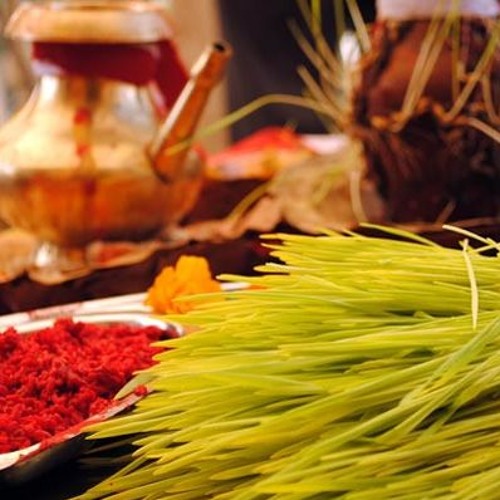
Kathmandu–Nepal, a land of diverse cultures, beliefs, and traditions, stands as a testament to religious tolerance and unity in South Asia. In this harmonious nation, Dashain shines as the most significant Hindu festival, celebrated with unparalleled grandeur and shared by people of various faiths, reflecting the remarkable spirit of unity and diversity.
A Festival of Unity in a Diverse Nation
Nepal, a secular country, demonstrates exceptional religious tolerance, embracing and acknowledging festivals from different faiths as national celebrations. Despite the varying religions that coexist, Nepal recognizes and observes these festivals on a grand scale, setting a remarkable example of cultural unity.
The Magnitude of Dashain
Dashain, the grand harvest festival of Nepal, takes center stage in this multi-cultural celebration. The festival spans ten days and offers a public holiday to the nation. It’s a time for family reunions, gift exchanges, blessings, and intricate pujas.
Honoring Goddess Durga and the Triumph of Good Over Evil
Dashain is dedicated to the revered Goddess Durga, who embodies the collective energy of all gods and wields their weaponry. The festival signifies the triumph of good over evil, with the goddess’s blessings sought to ensure progress and prosperity.
A Tapestry of Rituals
The ten days of Dashain bring a tapestry of rituals that immerse the nation in spiritual devotion. The days, known as Ghatasthapana, Phool Pati, Mahaastami, Nawami, and Vijaya Dashami, each carry their unique set of traditions and ceremonies. Pilgrims flock to river confluences and sacred shrines, participating in the ancient rituals that have been passed down through generations.
Tika and Blessings
One of the highlights of Dashain is the exchange of blessings and tika—a mixture of red vermilion, yogurt, and rice—between generations. Elders bless their younger family members, symbolizing the passing down of wisdom and love.
Sword Processions and Sacred Sacrifices
Throughout Dashain, sword processions known as “Paayaa” take place in various parts of the Kathmandu Valley. Additionally, the festival involves the official sacrifice of a significant number of animals at Hanuman Dhoka during Nawami. These rituals are carried out with great reverence and are attended by officials, invitees, and visitors.
Open Doors to the Unreachable
On the ninth day of Dashain, the Taleju Temple, which is typically off-limits to the public, opens its doors. It’s a rare opportunity for devotees to enter this sacred space.
Kojagrat Purnima and Festive Revelry
Dashain concludes with Kojagrat Purnima, the full moon. People don new clothes, partake in home visits, enjoy grand feasts, fly kites, and relish the joy of village swings. During this time, Kathmandu’s population decreases significantly as many residents travel to different parts of the country to celebrate with their families.
A Message of Triumph and Unity
As the festival unfolds, Dashain symbolizes the eternal message of triumphing over adversity, fostering unity, and kindling the spirit of hope in the hearts of the Nepalese people.
Nepal’s unique celebration of Dashain mirrors the nation’s ethos of inclusivity and unity in diversity, a shining example for the world to emulate






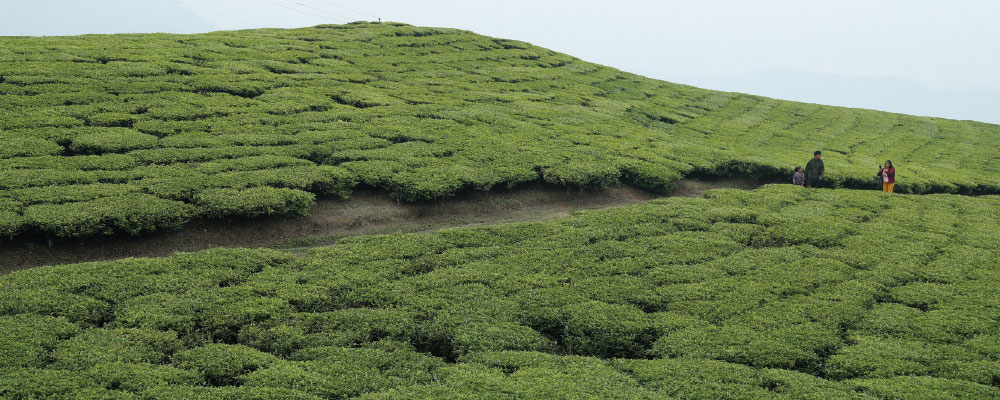
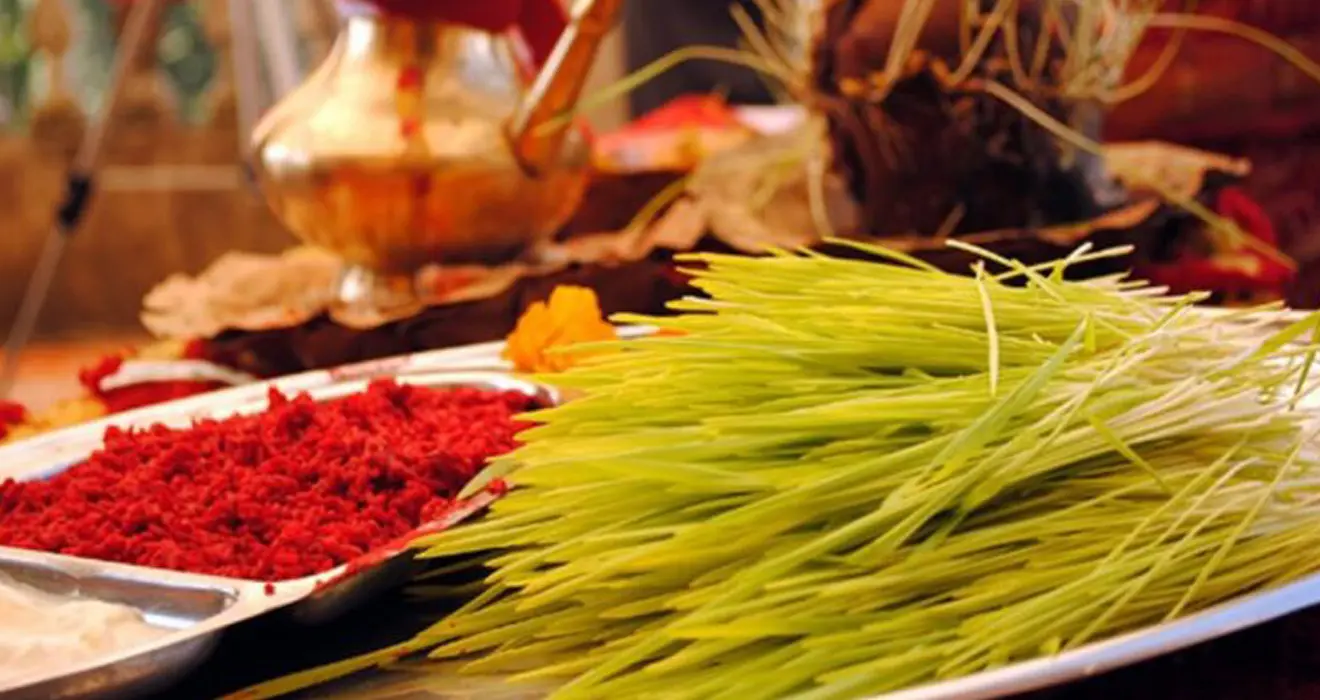
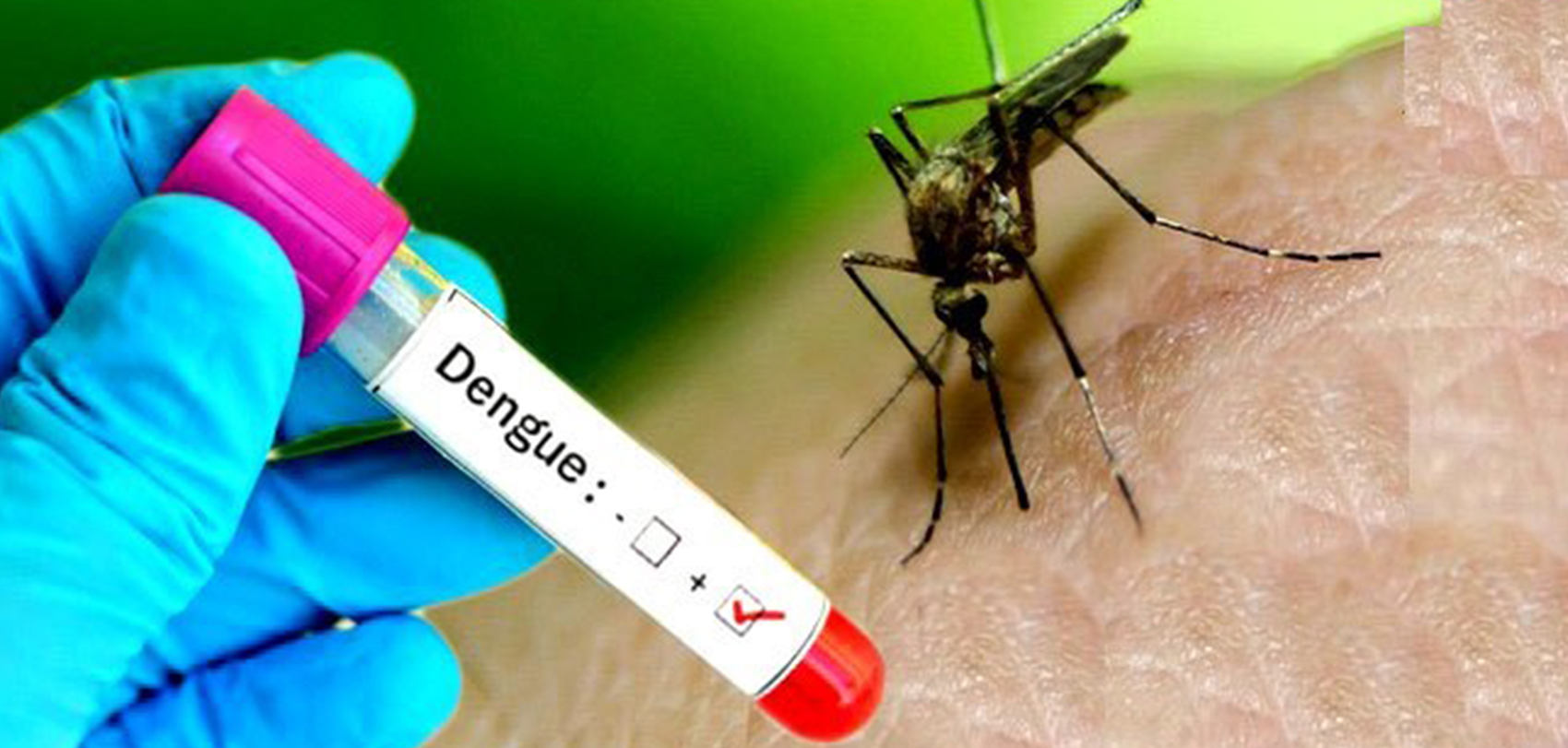
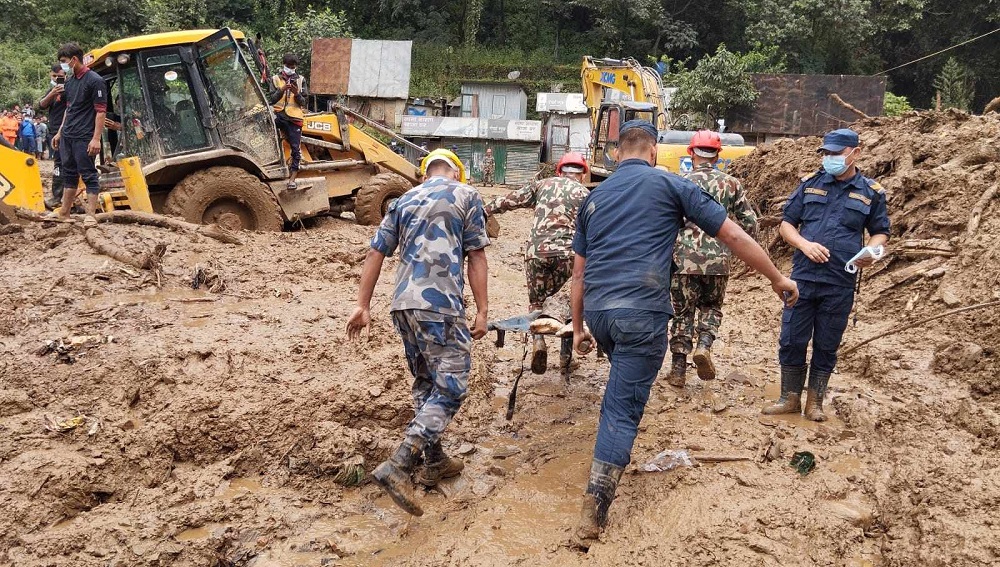
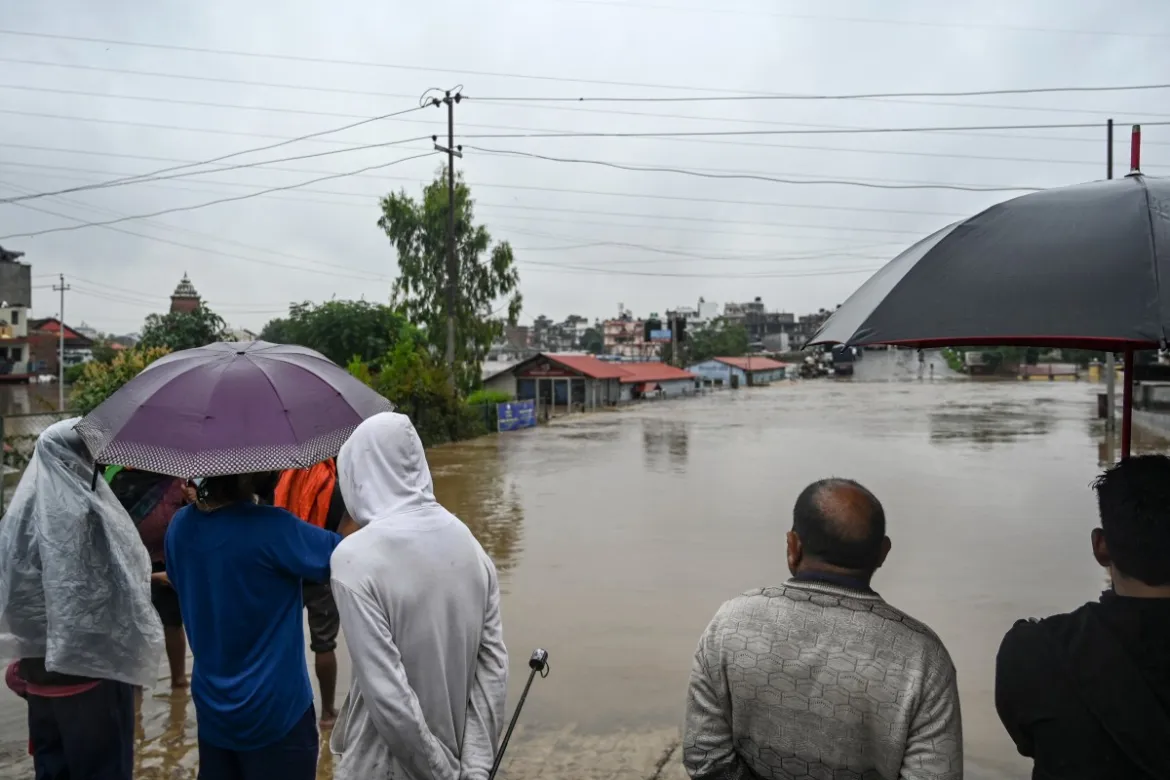
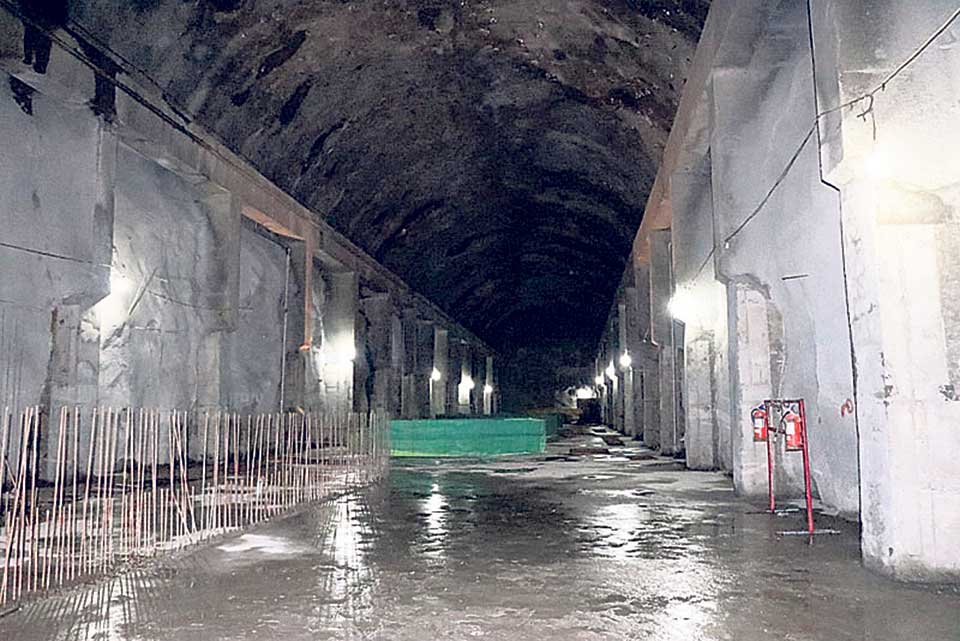
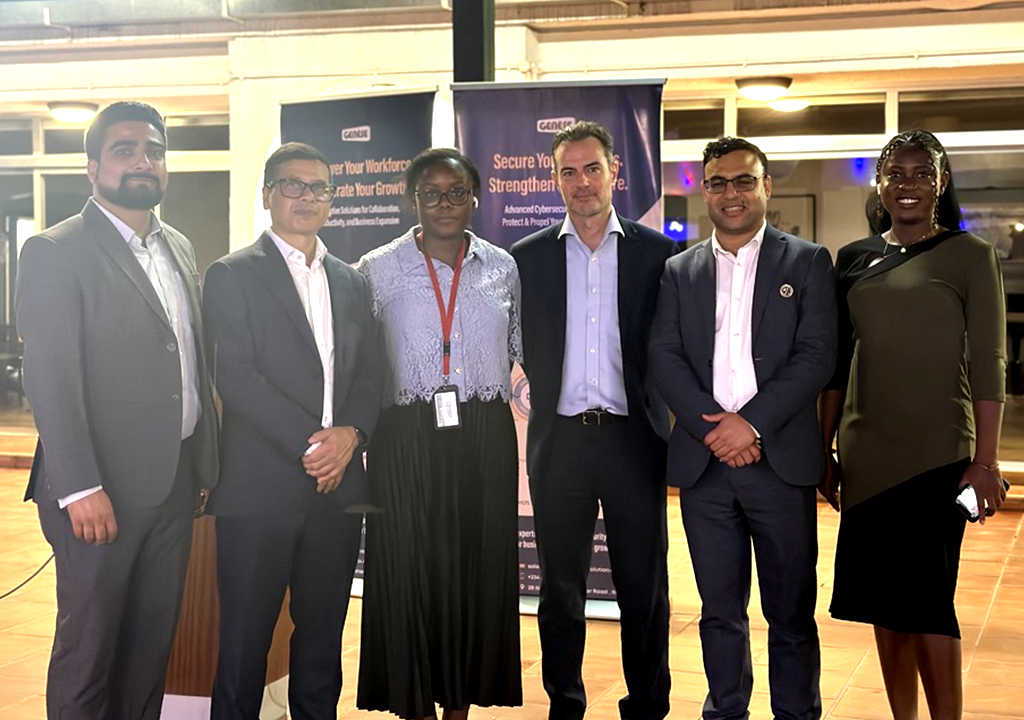
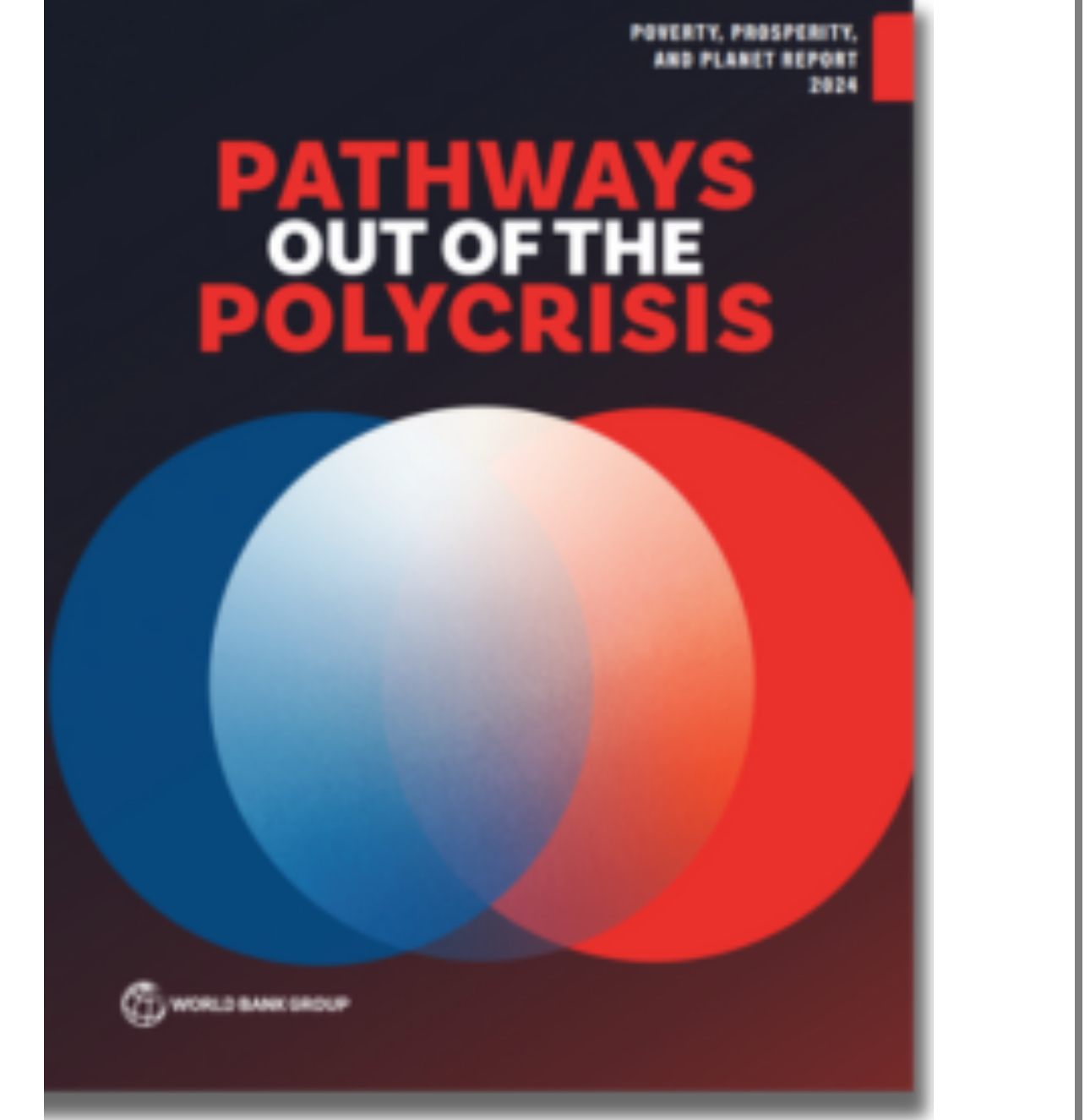
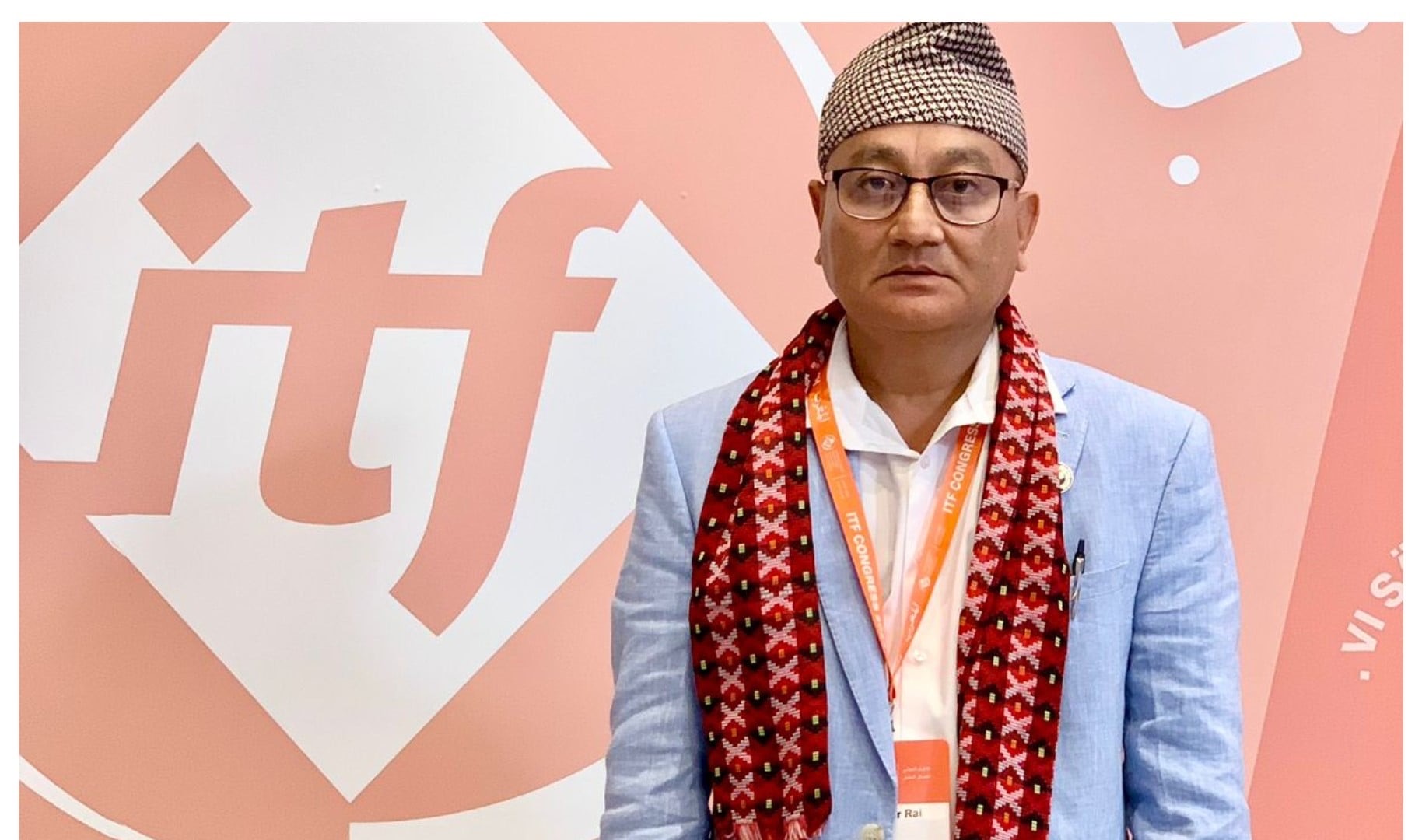



Facebook Comments